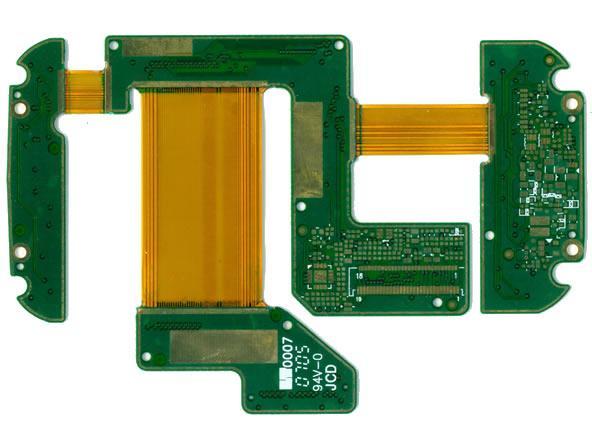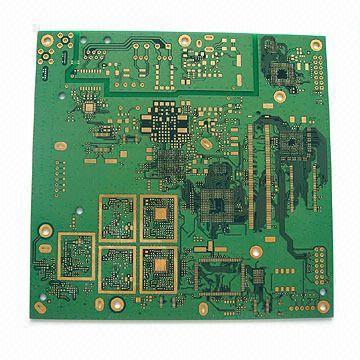4 tips to electronic companies to outsource Electronic Assembly Services written by: albert123 It is always a wiser decision for any small and medium electronic companies to outsource electronic assembly services. It can help you to save a lot of money by working with the third-party professionals rather than hiring a full team to do this work. Even, you will not have to buy or maintain the expensive equipment and tools that are needed for this service. So, you have to find the best service which is not only reliable but also takes care of all your needs and requirements. In order to get the best quality service at the most affordable rate, you have to know some of the essential factors. These are:

1. Experience
Experience is always preferable as it leads to good results. There are some new companies that often offer low prices to attract new clients. But due to lack of experience, they are not often able to cope up with various situations. So, while choosing this service it is recommended to ensure that the service is highly experienced in this particular industry.
2. Multi-talented
A multi-talented company is a great choice as they can handle various aspects of the production and assembly process. You must know first whether or not the service is able to handle various tasks related to this industry. Thus, in case you are stuck in a problem and need some help then they can help you.
3. Well Connected With Suppliers
The best part of being well-connected to the suppliers is that you can save a lot of money. If you appoint as team of professional experts from one of the best electronic assembly services, make sure the service is well connected. So, when you are buying any parts that you need for your company then you may get a lot of discount from the suppliers if your hired team has a strong bond with them.
4. Reliable & Reputed
Another important factor is reliability and credibility. In order to make sure that the service you are hiring is quite reliable, check the online reviews and feedbacks. This will help you to know more about the company and its reputation. Client’s feedbacks are always the best way to get a good idea about the quality of the service.
Also, make sure to check the service rates of all the electronic assembly services. But always choose the best service at the most affordable rate. Never ever compromise the quality to save your money. So, following these tips you can choose the best service for your company.


















